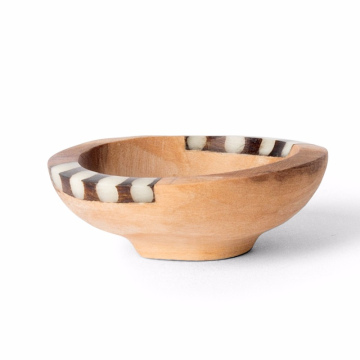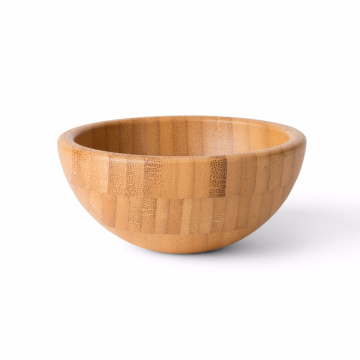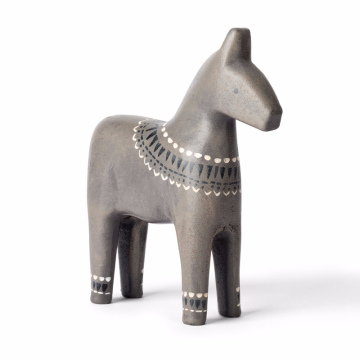The Tradition of Afternoon Tea: A Brief Overview
The concept of afternoon tea originated in the early 19th century in England, primarily attributed to Anna Maria Russell, the Duchess of Bedford. During this period, the gap between lunch and dinner could stretch for several hours, leading to hunger pangs in the late afternoon. The Duchess began inviting friends to join her for a light meal of tea, bread, butter, and pastries, giving birth to what we now know as the afternoon tea tradition. This social event soon gained popularity among the upper classes, evolving into a fashionable outing characterized by refined etiquette.
Culturally, afternoon tea represents a significant social ritual in Britain, symbolizing an opportunity for relaxation and conversation. Typically hosted in luxurious settings, the experience is as much about the ambiance as it is about the food and drink. Traditional afternoon tea includes a selection of teas—ranging from black, green, and herbal—accompanied by a delightful spread of finger sandwiches, scones with clotted cream and jam, and an array of pastries and cakes. These elements create a sumptuous experience that engages the senses and encourages leisurely enjoyment.
The components of afternoon tea largely reflect societal norms and customs, with the presentation of food often reflecting the host's sophistication and refinement. The meal is presented in tiers, with each layer offering a variety of flavors and textures. Today, afternoon tea has transitioned beyond the upper crust, becoming an iconic experience in hotels and restaurants worldwide, enjoyed by diverse audiences. This transformation of afternoon tea signifies its importance as a cherished social event, providing a platform for bonding and the celebration of culinary heritage, thus paving the way for innovative interpretations like the Spanish twist.
What are Tapas? Understanding the Spanish Cuisine
Tapas are a quintessential element of Spanish cuisine, embodying a concept that goes beyond mere food to capture the essence of social interaction and communal dining. Originating in Spain, the term 'tapa' is derived from the Spanish word 'tapar,' meaning to cover. It is said that these small plates initially served as a cover for drinks in bars, gradually evolving into a standalone culinary tradition.
These small dishes can range widely, showcasing the diversity of flavors and ingredients found throughout Spain. Tapas are not just limited to specific types; they can be cold, such as olives, cheeses, or cured meats, or hot, including various seafood dishes, grilled vegetables, and meatballs. Each region in Spain offers its unique take on tapas, making the culinary landscape rich and varied.
A defining characteristic of tapas is their role in socializing. They are meant to be shared, fostering a sense of togetherness among diners. The communal aspect of tapas encourages interaction, making them an ideal choice for gatherings and celebrations. Patrons often order multiple dishes to experience a variety of tastes, further enhancing the social atmosphere of dining out.
Common ingredients used in tapas include essentials such as olive oil, garlic, and fresh herbs, combined with local specialties like chorizo, bacalao, and seafood. These basic elements contribute to the flavorful and diverse nature of tapas, appealing to a wide range of palates. Regardless of the simplicity or complexity of the dishes, tapas remain a significant aspect of Spanish culture and cuisine.
In exploring the world of tapas, one discovers not just a range of delicious options, but also a reflection of Spain's vibrant culinary history and communal spirit, inviting all to partake in the joy of sharing and savoring together.
Combining Cultures: The Confluence of Tea and Tapas
The concept of afternoon tea, often associated with British culture, can be uniquely transformed when elements of Spanish cuisine are introduced. By incorporating tapas into the afternoon tea experience, hosts can create a memorable gathering that showcases the rich flavors and culinary artistry of both traditions. Tapas, or small plates, serve as a delightful complement to the various types of tea, allowing for a fusion that enhances the enjoyment of both.
Pairing specific teas with carefully selected tapas can elevate the entire experience. For example, a light green tea infused with jasmine can be delightfully paired with patatas bravas, accentuating the tea's floral notes while balancing the dish's spicy undertones. Additionally, robust black teas such as Earl Grey integrate beautifully with cured meats like jamón ibérico, where the tea's citrusy bergamot flavor can cutting through the richness of the meat.
When planning a balanced menu for tea and tapas, one might consider offering a variety of both savory and sweet options. Sangria-infused fruit or a selection of Spanish cheeses are excellent choices for an afternoon gathering. These items can be paired with herbal teas, such as chamomile or mint, offering a light and refreshing alternative. It is crucial to strike a balance, ensuring that the menu resonates with the essence of afternoon tea while honoring the spirit of Spanish cuisine.
In this fusion, creativity is encouraged. Hosts can use vibrant plating to showcase the colorful tapas alongside delicate tea sets, enhancing both aesthetic and flavor profiles. By reimagining traditional afternoon tea with Spanish tapas, one creates an experience that invites guests to explore the culinary depths of two cultures, all while enjoying the comforting ritual of tea.
Hosting Your Own Tea and Tapas Party: Tips and Recipes
Organizing a tea and tapas party can be a delightful way to share culinary experiences with friends and family. To ensure a successful gathering, careful planning is essential. Start by considering your menu. A well-balanced selection should include a variety of flavors and textures, focusing on both sweet and savory items that reflect a Spanish influence. Popular tapas options include patatas bravas, pan con tomate, and paté served with crusty bread, while sweet treats like flan or churros can make a charming addition.
When it comes to drinks, selecting the right tea is crucial. Traditional options such as Earl Grey or green tea offer a fresh contrast to savory tapas, while herbal teas can complement sweeter flavors. Consider creating a mini tea tasting with different blends, inviting guests to explore various pairings. Additionally, setting a cohesive theme can elevate the experience; a Spanish-inspired décor featuring vibrant colors, fresh flowers, and rustic dinnerware would provide an inviting atmosphere.
Presentation plays a vital role in the overall enjoyment of your tea and tapas gathering. Utilize tiered stands to display your selections beautifully, creating visual interest while making it easy for guests to serve themselves. Each dish should be garnished thoughtfully, enhancing the appeal and reflecting the flavors of the ingredients used. For a touch of authenticity, you could even display small, decorative cards labeling each tapas dish and their primary ingredients.
Finally, ambiance contributes significantly to a relaxed and enjoyable atmosphere. Soft music, preferably Spanish guitar, can set the mood while comfortable seating arrangements will encourage social interaction. Lighting is also important; consider string lights or candles to create a warm and inviting space. With thoughtful planning, your tea and tapas gathering is sure to be an exciting culinary experience, sure to be enjoyed by all.








